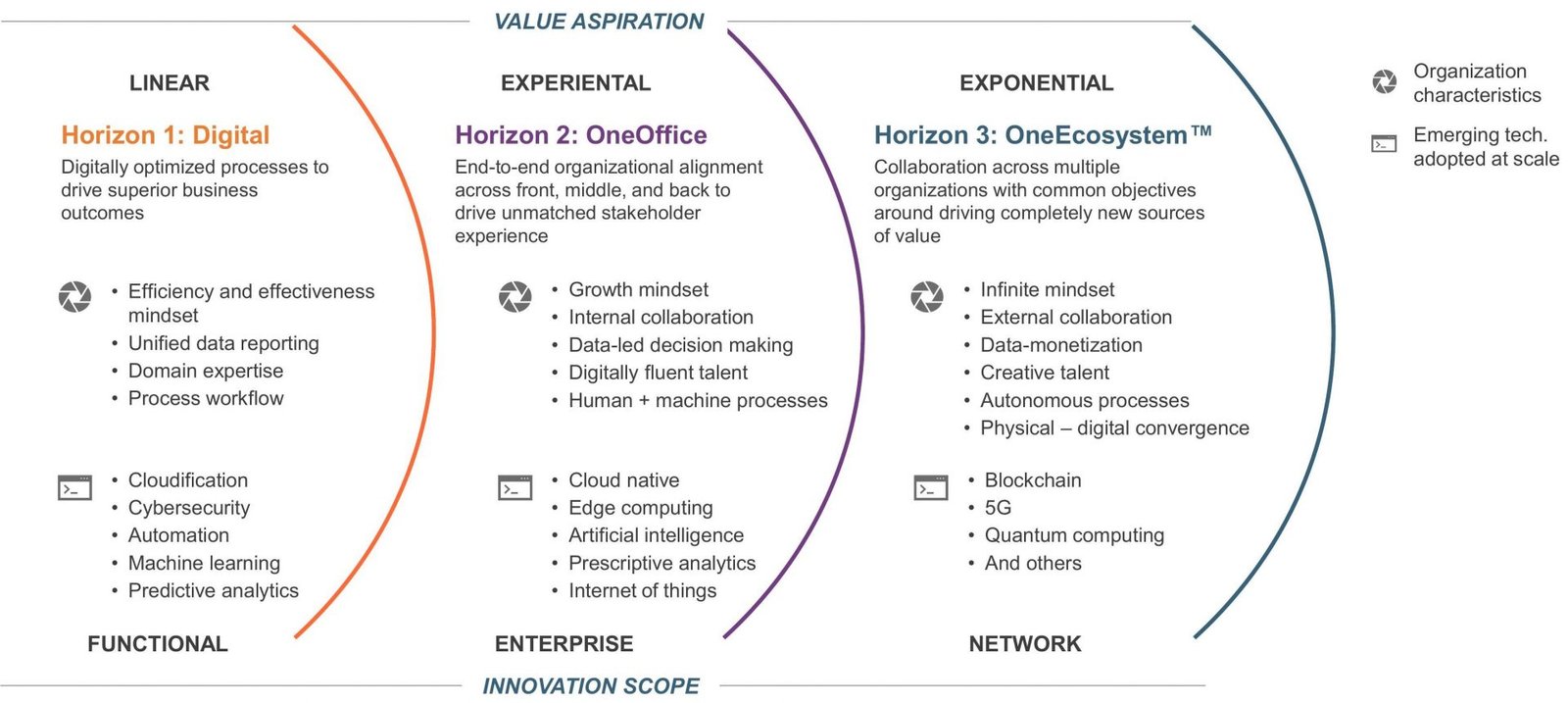As hybrid work models, cloud-native applications, and remote users become the norm, enterprise networks are undergoing a major transformation. Traditional perimeter-based security models are no longer sufficient. That’s why Secure Access Service Edge (SASE) has risen to the forefront of enterprise cybersecurity strategies.
In 2025, Trinet Technologies hosted a multi-vendor cybersecurity dialogue featuring several leading SASE providers. Our goal was to uncover the evolving needs of global enterprises and understand how top vendors are addressing them through innovation, adaptability, and resilience. These discussions revealed that SASE is not just a security framework—it is a foundational shift in how enterprises approach connectivity and protection in a borderless digital world.
The Evolving Role of the CISO and SASE Vendor Selection
With the attack surface expanding exponentially, Chief Information Security Officers (CISOs) are under more pressure than ever. They must deliver a secure digital experience that does not compromise speed or user access. During our conversations, one common theme emerged: selecting the right SASE vendor is critical to balancing operational agility with cyber risk reduction.
From securing cloud environments to enabling zero trust access across remote teams, the ideal SASE partner needs to offer a customizable, policy-driven, and globally scalable solution. Trinet’s approach is to collaborate with vendors who offer not only technology but also a strategic roadmap for security transformation.

Key Takeaways from Trinet’s Industry Conversations
Our in-depth sessions with SASE providers revealed five major insights shaping the future of enterprise security:
- Companies are moving away from implicit trust. Identity-based access, contextual enforcement, and least-privilege models are now standard practice across all leading SASE frameworks.
- From securing frontline remote workers to enabling multi-cloud access for developers, SASE is actively solving pain points across industries like banking, healthcare, and energy.
- Vendors are embedding AI-powered threat detection, automated response playbooks, and traffic segmentation to minimize dwell time and contain breaches.
- Providers are building geo-specific solutions, especially for sensitive markets like China, where regulatory constraints and data residency laws require tailored architectures.
- New advances include deep packet inspection at the edge, real-time risk scoring, and machine-learning algorithms that continuously learn user behavior to prevent anomalies.
"Our conversations with leading SASE vendors reaffirm that enterprises must take a proactive, data-driven, and adaptive approach to cybersecurity. Trinet Technologies is proud to help organizations reimagine their infrastructure for resilience, compliance, and innovation.”
SASE Maturity in 2025: Where Are Enterprises Headed?
Organizations that began their SASE journey two or three years ago are now seeing measurable outcomes in terms of reduced security incidents, simplified IT operations, and improved end-user experience. However, maturity still varies widely. While some have implemented full SASE stacks, others are at the early stages—prioritizing Zero Trust Network Access (ZTNA), Cloud Access Security Brokers (CASB), or SD-WAN as entry points.
At Trinet Technologies, we believe that the future of SASE lies in convergence—where networking and security are no longer treated as separate disciplines, but as unified functions that protect data and people without friction. By continuously engaging with top-tier vendors, we ensure that our clients benefit from forward-looking, compliant, and cost-effective cybersecurity strategies.





